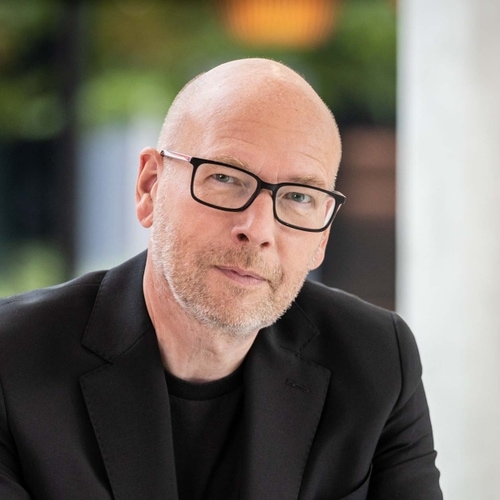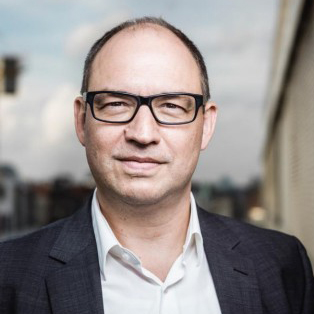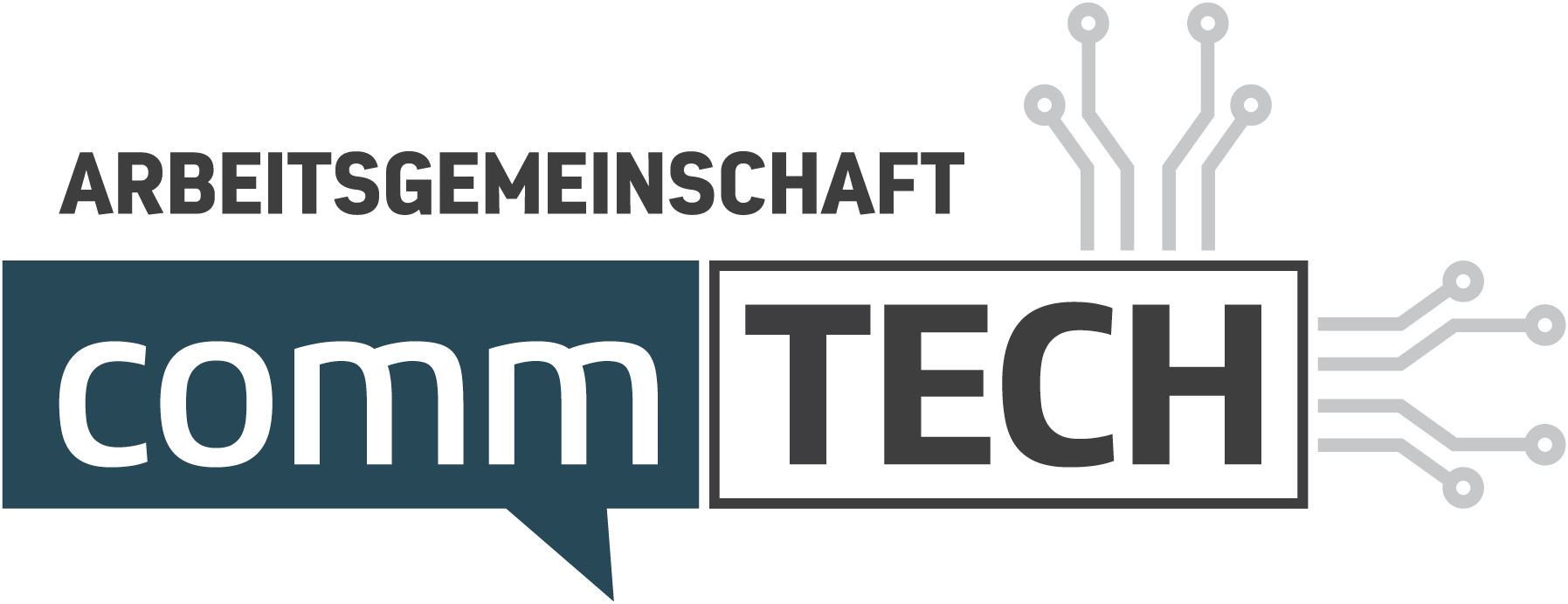- 2. March 2022
- Posted by: Thomas Mickeleit
- Category: BEST PRACTICES

Interview with Christoph Hardt: “What makes newsrooms successful?
Christoph Hardt, head of communications at the German Insurance Association (GDV) until February 2021 and in the same role at the Archdiocese of Cologne until the end of January. Christoph Hardt is one of the pioneers of the newsroom par excellence. At the time he built newsrooms at Siemens (2012) and at the German Insurance Association (GDV), hardly anyone knew what a newsroom was. What are the lessons learned?
What makes newsrooms successful

Thomas Mickeleit: If you now take a look at the last twelve years in which you have been involved with newsrooms, what were the decisive challenges and success factors?

Christoph Hardt: The first Siemens newsroom went into operation almost exactly ten years ago. The fact that the topic is still so topical today is a sign. And it’s a sign that this overall topic – how I can make communication open and dynamic so that it can do justice to the dynamics of the outside world and the changes in the communications world – continues to be highly relevant. And this is also reflected in the challenge: The newsroom is an ongoing project. It’s about creating the conditions to be able to organize teams around changing communication patterns in a dynamic and open atmosphere. In this respect, it is surprising that so many companies or organizations are still considering whether they need a newsroom. Yes, we need something like that! And those that don’t need it can’t be helped anyway. Or they have other agendas. I’d like to tell a nice story, and then I’ll tell another story. There was a new boss at an employer for whom I no longer work. I asked him to re-tweet an online award that the organization’s newsroom had won, double, first prize, which was a really great success. And that was in the summer of 2021, when I got the message from the board, “I can’t hear the word newsroom anymore.” That was significant in that the board, on the other hand, was very interested in finding itself on Twitter and in as many digital constellations as possible. But he had no interest in the newsroom because Twitter was enough for him, or a permanent presence in some video format. But I think it’s very significant and quite clear that that’s not enough. So we need this togetherness, this open action in an environment that is as open as possible. The other picture emerges from the keyword press office: That was at Siemens, for example in March 2012. This large, new Siemens newsroom was established. We had set up this giant table with this gigantic screen, because it had to be great theater. It had to have an effect! And the press office, the old Siemens press office, moved into this newsroom one-to-one with the same or the same personnel and practiced the same behavioral patterns and mechanisms in this newsroom, although in the open environment, as before. If you don’t break through separate cultures of communication, then the newsroom won’t work.

Thomas Mickeleit: You just mentioned the topic of the huge screens in the Siemens newsroom at the time. I was also a guest there at that time. Watched it and was of course deeply impressed. In this respect, the effect it has achieved. But if I understand you correctly, you are saying that this spatial aspect of the newsroom is in any case not a success factor if the other issues, i.e. agility, are not resolved as well. Or-, what is the significance of that? Do I have to set up a trapezoidal table when I do a newsroom?

Christoph Hardt: The newsroom takes place above all in the mind. But the room, of course, is necessarily a sign. And more than a sign! It enables agile ways of working, even if the term is already rather used up, but not this dynamic way of working. And the more intelligently this is designed, the clearer the message to the team itself. And that’s what matters. On the routine. That this is and remains a matter of course. And a room like this makes a lot of things possible. But at its core, it is, in essence, a head event after all. At GDV, when people came to us, they walked through a hallway. Like an old tax office. And that is still the case in many communications departments. And that is deadly. If you have these single brush numbers, the newsroom can’t be done.

Thomas Mickeleit: Until recently, you worked for the Archdiocese of Cologne. It may come as a surprise to some that such a venerable institution embraced the idea of a newsroom relatively early on. The Archdiocese of Cologne is, after all, in permanent crisis mode. In your experience, how does a newsroom work at a time like this? How does it work in a crisis?

Christoph Hardt: The newsroom of the Archdiocese of Cologne was set up by Ansgar Mayer, I think in 2016. They actually took the Siemens newsroom as a model. And when I came to Cologne now, I found features like the long table, the big screen and the newsdesk. In fact, however, that is how it stopped halfway. There is a “newsdesk.” However, this is only one part of the communication organization. Two other departments are in their own premises. And then there have also been terrible changes in strategy, so that – and here we are again on the subject of culture, attitude, digital channels as well – there has been a deep sense of insecurity among people. When I got there, hardly any of the mechanisms that characterize a newsroom were still functioning. The monitors were turned off. The software was no longer in use. And the only thing that was still practiced- was ad hoc crisis communication. People were under striking permanent pressure. Nevertheless, in such a tough crisis situation, a newsroom is a good vehicle to counteract organizationally and mentally.

Thomas Mickeleit: Maybe that’s a good learning point for our listeners! Such special situations, such as crisis, must also be represented in such a newsroom concept. Otherwise, it’s easy for the crisis to kill the newsroom as such. Finally, one last question: To what extent is this outside-in view, “What’s going on in the market?”-, an issue for the Archdiocese of Cologne in Cologne? How do you do it?

Christoph Hardt: This is also installed in principle. We have the usual variants, from media analysis and the same more at the start. We also have a social media team that reports every day. But it’s not integrated with strategic issue planning. We don’t have a combination of outside perspective and inside perspective. But it is still very much dominant over the requirements. That’s where we’ve been in a building process that we hope will lead to progress. But this is also very much a matter of internal persuasion. And for that, you need the commitment of the company’s management. The newsroom – that is, the, idea of agile, strategic communicating – needs the full support of the organization. Only this enables you to act quickly and adequately with important stakeholders within the organization, both in crisis situations and in strategic communication situations.

Thomas Mickeleit: Dear Christoph, thank you very much for your insights here, which are as always highly valuable.

